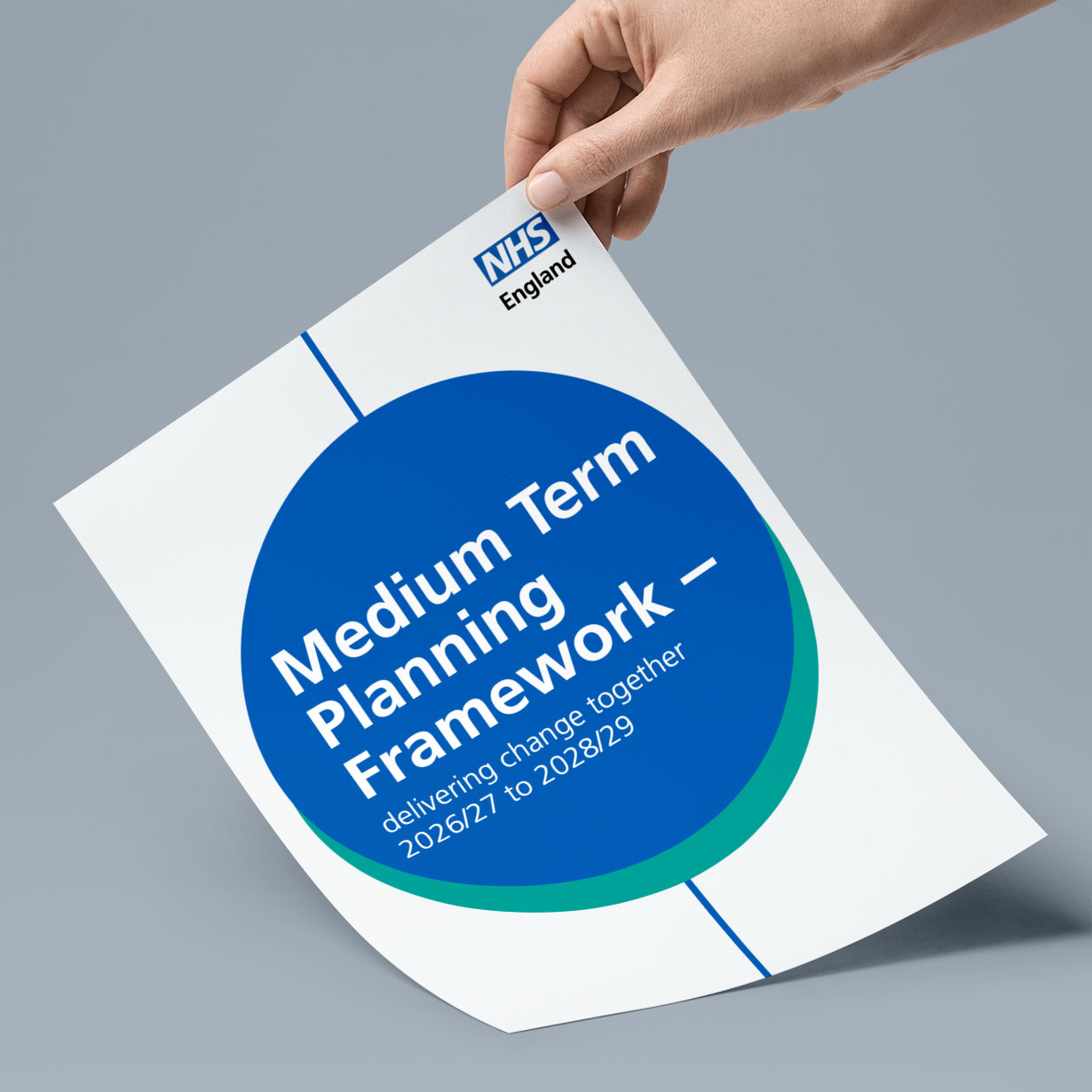Technology is increasingly playing a pivotal role in ensuring efficiency, accessibility, and seamless collaboration in NHS organisations.
Advanced Telephony systems, specifically designed for primary care, have emerged as a game-changer and form a key part of the Primary Care Recovery Plan (sometimes referred to as digital telephony or cloud based telephony). For GP practices, optimising Advanced Telephony can be the difference between a successful or failed access plan.
This blog explores the transformative capabilities of optimising Advanced Telephony, emphasizing the importance of strategic configuration and detailed data analysis.
What is optimising Advanced Telephony?
Optimising Advanced Telephony is simply using the advanced features of cloud telephony systems that have been created specifically for primary care.
Advanced telephony systems come with a host of features tailored to meet the unique demands of primary care. Clinical system integration stands out as a prime example, ensuring a seamless connection between telephony and healthcare systems. Rule-based re-routing, queue management, and multi-site integration are additional features that contribute to optimising practice operations and improving access.
If you’re looking to procure an advanced telephony system check out NHS Digital’s Advanced Telephony Better Purchasing Framework.
Why bother optimising Advanced Telephony?
By using your Advanced Telephony system’s features, you can ensure that your systems are setup and optimised to support your practice and improve access and efficiency.
Some practices use their new Advanced Telephony system in the same way they used their old system which fails to make use of some of the new and available features to help with managing demand and reduce staff workload. So, when it comes to configuring your new phone system, it’s important to look at the advanced features and see which ones can help you the most.
Here are a few things to think about when optimising Advanced Telephony:
- Managing incoming calls, setting up the call queue and options.
- Dynamic call queuing that adjusts length depending on time of day.
- Options for managing flow, and making sure options actually lead to something!
- Automatic transfers to other services or internal groups.
- Call back options.
- Ensuring messaging is accurate.
For more ideas on utilising different features for optimising Advanced Telephony systems, check out some of these recent examples of optimising Advanced Telephony in action!

How does optimising Advanced Telephony help Primary Care Networks develop?
Optimising Advanced Telephony is also a key enabler to closer partnership working across Primary Care Networks (PCNs) and the broader healthcare system. It can be the centre piece for creating remote administrative working hubs and other similar PCN project which can improve inter connectivity and capacity within GP practices.
How does data and optimising Advanced Telephony help to shape demand?
Demand is obviously a significant factor in primary care, but it’s important to understand the different types of demand.
There is an organic demand from patients, but there are other factors that drive demand also. Secondary care and other organisations generate demand, social media can generate demand, internal process can generate demand. So, understanding the difference between actual demand and perceived demand is important.
Understanding data is a crucial part of optimising Advanced Telephony systems
Advanced Telephony reporting allows you to dig into your data so that you can flex your workforce or services efficiently.
By reviewing data at a more granular level, you can understand patterns of calls, peaks and troughs and understand your patients’ call patterns and staff answering patterns. Reviewing frequent callers and attenders alongside call length can help you identify and manage patients who take up considerable capacity and staff who could benefit from more support.
If you consider 100 calls from 100 people, this is a lot of potential clinical demand, but 100 calls from 20 people is potentially less than equal demand, you might have 20 quite angry patients that have been bouncing in and out of the system. So, it’s a very different demand that you might be dealing with.
Need Help with optimising advanced telephony systems?
Advanced Telephony systems present a tremendous opportunity for primary care to enhance efficiency, collaboration, and patient access. However, to fully realise these benefits, strategic configuration and detailed data analysis are imperative.
By embracing the capabilities of advanced telephony, primary care practices can navigate the complex landscape of healthcare demands, ensuring a patient-centred and resource-efficient approach to service delivery.
But if you’re asking yourself the question, where do I start, you wouldn’t be alone. Many organisations are struggling to get to grip with their Advanced Telephony system in the midst of record high demand. Redmoor Health have two free “Optimising Advanced telephony” support sessions available on the 5th March 12:00-12:30 and 12th March 12:00-12:30.
These sessions aim to help you get the best out of your Advanced Telephony system. To book your place just click the links above!

By Chris Tomlinson
Chris has over 25 years experience implementing and supporting IT systems within all areas of the NHS. Chris has a detailed understanding of the challenges and pressures the NHS faces and how technology can help relieve the pressure. With extensive experience of installing, supporting and training Primary Care staff in the clinical systems they use.
Make an enquiry
[contact-form-7 id=”6159″ title=”Contact form 1″]




